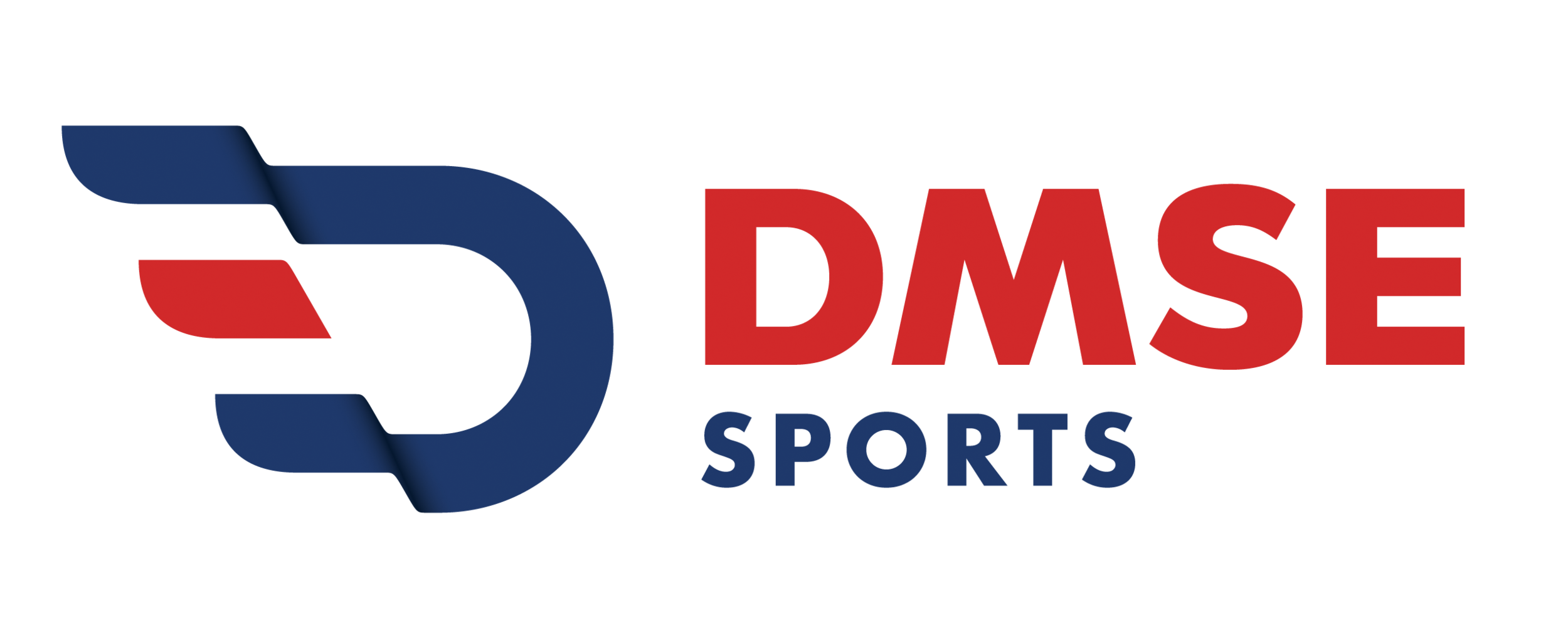WHY CALL OUT MILE SPLITS WITH A WAVE START?
DAVE MCGILLIVRAY, for Runner's World
Recently I ran a marathon with a wave start. Since I was in Wave E, I crossed the start line when the race clock was at around 18 minutes. I was at the back of the wave, so there was still quite a bit of congestion, and hearing my time at mile 1 -- something around 28 or 29 minutes -- was very discouraging, even though I knew it wasn't right. Later, I was even more confused because the time called out at mile markers didn't make any sense compared to what was on my watch. (Apparently, they were trying to make up for the wave start?) And then my clock time at the finish was only 12 (rather than 18) minutes different from my chip time. So why call out mile splits with a wave start? And what's up with the clock? - Christina
Christina, you raise a good question regarding course and finish line clocks. I'm not sure I can offer a satisfactory answer, but I'll try.
One of the unfortunate results of wave starts -- or just the fact that races are so large these days -- is that it takes so long to cross the starting line, sometimes up to 20 minutes, as you experienced. As such, if the course clocks are started with the "first gun," the only runners who see an accurate time display during the race are the runners in the first wave and on the front line.
The question then becomes, Why even have course clocks, if the displayed time is inaccurate for 98% of the runners in the race? Well, that is a good question. If it takes 5 minutes21 seconds for you to cross the starting line, then you have to subtract that amount each time you pass a course clock. Doesn't seem to make a lot of sense, does it?
Most race directors are sticking with course clocks as they also provide the race with promotional (signage) opportunities and they do display the time from the start for any spectators in the area. Additionally, even if runners have to "do the math" along the way, the clocks -- if accurate! -- provide a certain level of confirmation that the running time on their watches is accurate, too. Lastly, if someone is running without a watch, the clock display at least provides a general reference point as to time and pace.
All this being said, a case could be made that course clocks and finish line clocks in the case of wave starts aren't accurate or as valuable to runners as they were years ago.
In the Boston Marathon, we have an elite women's start followed 25 minutes later by the first wave. We set the clocks for the elite women's race and then once we start the overallrace, go down course on a motorcycle and reset all the clocks to display the time from the start of the first wave of runners.
Additionally, we have two clock displays at the finish line with signs that direct runners in wave 1 to run under one clock and runners in wave 2 to run under the other, which displays their wave time. Of course, if you have more than two wave starts, it becomes impossible to accurately display every wave time.
Clocks aside, the hope is that the timing company gets it right and you end up with an accurate "net" time and place in the overall official results. My advice: Wear your own watch, start it when you cross the starting line, and don't pay any attention to the clocks on the course!
